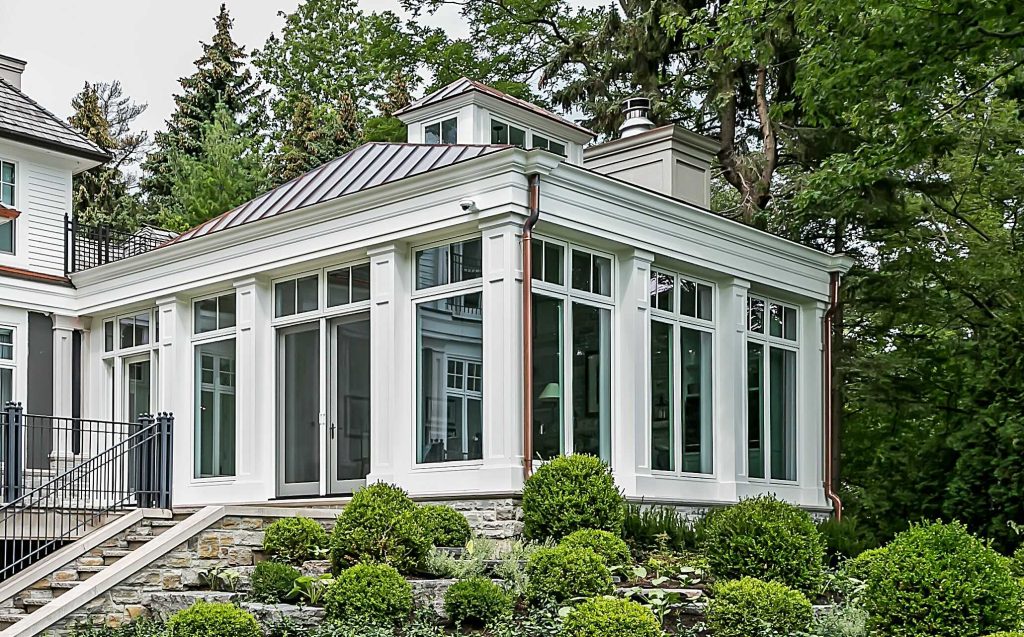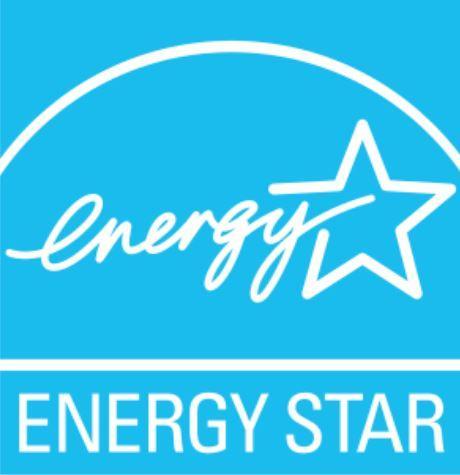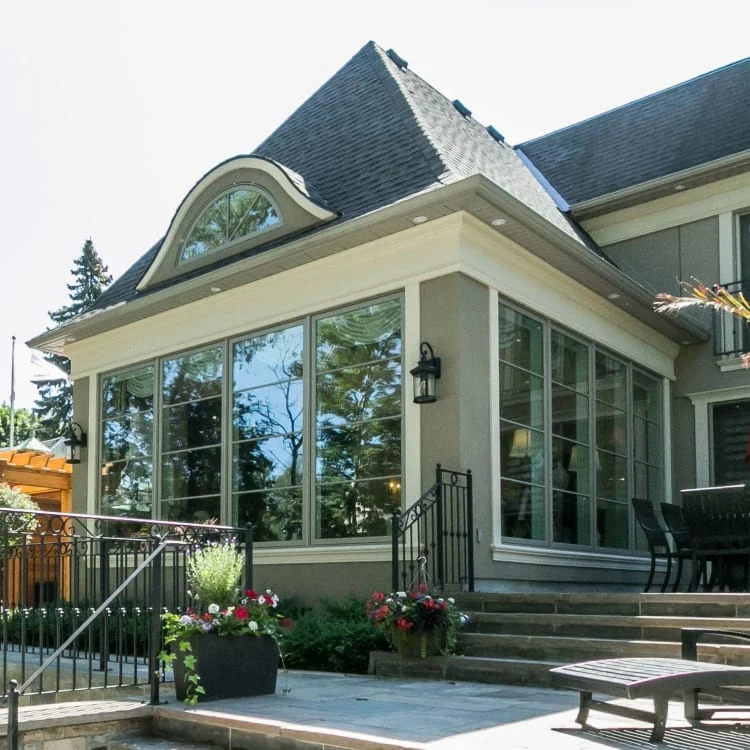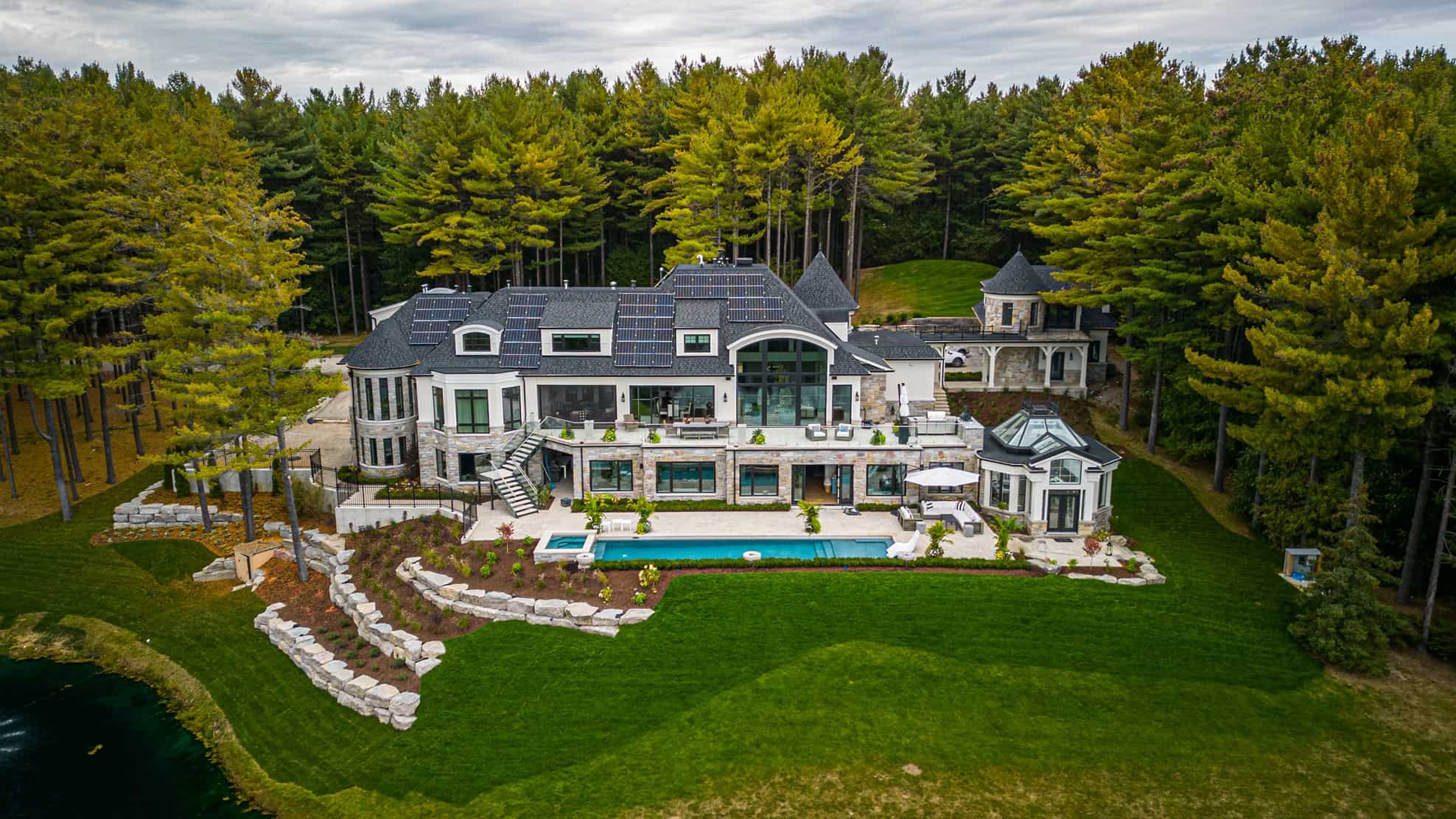Doors and windows account for about 25% of your home’s total heat loss and they’re also one of the single biggest ticket items in your home. While you can often repair them, often, it’s best to replace them with more energy-efficient options. Correct installation and proper ongoing maintenance of windows are key to saving energy and improving the overall comfort of your home.
Energy-efficient windows are designed to ensure the hot (or cold air) within your house doesn’t escape. This keeps your home’s interior cool during the summer heat and warm during the chilly winter weather. Best of all, these windows provide a higher level of insulation needed to prevent heat loss while decreasing your home’s energy consumption. Ultimately, this reduces your monthly energy bills.

What makes windows more energy-efficient?
Compared to older wood windows, modern windows incorporate features that provide a higher energy efficiency level. When comparing different windows, details are important and making sure the windows are correctly specified for your individual home is essential. Here are the top features that make windows energy-efficient.
High-quality framework materials
What’s the window made from? How good is the joinery? What’s the overall fit and finish? Tiny gaps that allow air leakage are a no-no. If the frame is well made, particularly the sash, you will likely have years of good service. If the sash isn’t well made it can warp and sag causing water and air leakage. Note that vinyl is associated with better insulation properties, and if its reinforced properly and the actual vinyl is UV stable it can be one of the top choices for window frames.
Other materials on the market like fibreglass perform well and offer high energy efficiency insulation frames. Wood window frames paired with vinyl windows work well. Choosing windows is multi-faceted so an experienced builder and home energy efficiency can help choose a combination that works best for your house.
Window glass – multiple panes
There are very specialized windows on the market claiming R20 rating, whereas most of the large scale suppliers manufacture to slightly above code requirements, which results in an R4 or R5 window. At a premium , highest energy efficiency levels are achieved with triple window glass. That means it’s made of three glass sheets sandwiched with small spacers in between.
These spacers create an air pocket between the glass sheets filled with different gas types and sealed. The sheets of air reduce the rate of cold and heat transference through the glass sheets.
Low emissivity or Low e-glass coatings
These coatings augment the insulation already provided by the window and its frame as well as the double or triple-pane glass. The good thing about low-emissivity coatings is that they work well in different weather conditions. Therefore, you can expect this coating to help retain the heat in your home during winter months and prevent it from seeping into your home through the glass during the scorching summer heat.

Low e-glass coating is applied to various surfaces of the window, depending on the individual characteristics and climate it is targeting. Low E coatings reduce the amount of infrared and ultraviolet light entering your home.The right coating on the right surface should be matched to your particular location and exposure.
For residential and commercial owners in areas where it’s cold much of the year, some designers look for higher levels of heat gain. Thus, it’s possible to apply a low-emissivity coating that allows more sunlight into the building. This supports the higher heat retention but may not be appropriate in higher performance homes. Ask your builder and energy expert for advice.
Window spacers
The spacers between the double or triple glass sheets ensure a uniform distance between the sheets of glass. These spacers are made of different materials, often hard plastic . The result is glass layers filled with gas and sealed. This increases insulating properties of the window, helping maintain comfortable temperatures inside your home.
Window gas fillers
The space between the double or triple glass sheets is often filled with a type of clear gas. This makes it possible for the window to block heat and cold without decreasing visibility. The specific gas filler used must be odorless, colorless, and non-toxic. Krypton and argon are the two widely used gas fillers.
How much will you save by upgrading to energy-efficient windows?

There’s much discussion on cost savings from installing energy-efficient windows. Some suggest to estimate how much energy they can save. Yes there is an energy ROI but many other factors play into the equation. For instance surveys conducted in recent years across the US suggests an increased selling price for a home seen as “green” anywhere between 5-10%. Further considering a potential buyer may also do the reverse math and discount hsi offer if the home clearly needs updating, including windows , kitchens and such.
When aiming to upgrade for an “energy efficient” home, other factors should be taken into account include insulation, heating and cooling equipment upgrades.
With a combination of new windows and energy efficient heating and cooling utility costs will certainly drop. Obviously the degree of saving will depend on factors such as your electricity or natural gas rates, as well as how much energy your household actually uses each month. Some energy-efficient windows can facilitate energy savings of up to 30%. A building professional and /or energy advisor can point you in the right direction.
Overall, installing energy-efficient windows has significant cost savings for homeowners in Canada. By reducing your heating and cooling costs, you can save money on your monthly utility bills and enjoy more comfortable living conditions year-round not to mention the health benefits from increased indoor air quality. Additionally, these windows may also help you qualify for tax credits or rebates from your local government or utility providers, which can further reduce their initial costs.
Energy Star windows
Energy Star is the label that is recognized across North America and is synonymous with energy efficiency Many of these features :
Double or triple-pane glass,
Low-E coatings on the windows,
Argon or krypton gas in between the panes of glass
Are part of the Energy star certification. In high performance home other criteria is often used as a metric of evaluation for windows but energy star is a worthwhile and well recognized program for new energy efficient windows.
Energy-efficient windows for Northern climates often allow more infrared light into ( free heat) into the home in colder months. This allows for more energy savings by trapping warm air within the home. Although these windows may have a low U-factor, they’re still in line with all relevant Energy Star Standards.
For regions that are warmer during the larger part of the year, focus on keeping the heat out of your home. In this case, the U-factor as well as solar heat gain coefficient of the glass is important. In sunny climes a low SHGC ( solar heat gain coefficient) , reduces air conditioning bills, identifying a great choice for windows in warm climates.
If you are unsure about whether a particular set of windows meets these requirements, you can ask your window supplier for more information or seek out an independent expert to evaluate them. In general, it is best to work with a reputable and experienced window supplier who can provide reliable information about the energy efficiency of their products.
Wrap up
No matter which option you choose, upgrading your home’s windows to energy-efficient models is a great way to improve your comfort and indoor air quality, reduce your energy consumption, and save money on your utility bills (energy costs). If you’re not sure which option is right for you, contact a professional builder or energy advisor.
FAQs
What makes Windows more Energy-Efficient?
The recommended windows incorporate various features that provide a higher energy efficiency level. When comparing different window models, have a check list for the essential features. These features include high-quality window frame materials, double or triple pane, low e-glass coatings, window spacers, Appropriate SHGC and window argon or krypton gas fillers.
How much will you save by upgrading to energy-efficient windows?
Most experts agree that energy efficient window result in higher resale, so you’ll likely get your money back when you sell. But for operating costs, the first step in determining the cost savings from installing energy-efficient windows is to estimate how much energy they can save. This is somewhat complex but can be done by calculating the difference between the total amounts of energy required to heat and cool your home. In a new build an energy model is often done and includes the windows insulating properties to calculate the energy saving. An energy advisor can help you understand all the benefits of installing replacement energy-efficient windows.
How do you know you are getting energy-efficient windows?
To confirm that you are getting energy-efficient windows, you should look for certain features that are commonly associated with energy efficiency. Some of these features include double or triple-pane glass, Low-E coatings on the windows, and argon or krypton gas in between the panes of glass. Additionally, be sure to look for labels or certifications from organizations such as Energy Star or GreenGuard that confirm the windows meet certain standards for energy efficiency.






